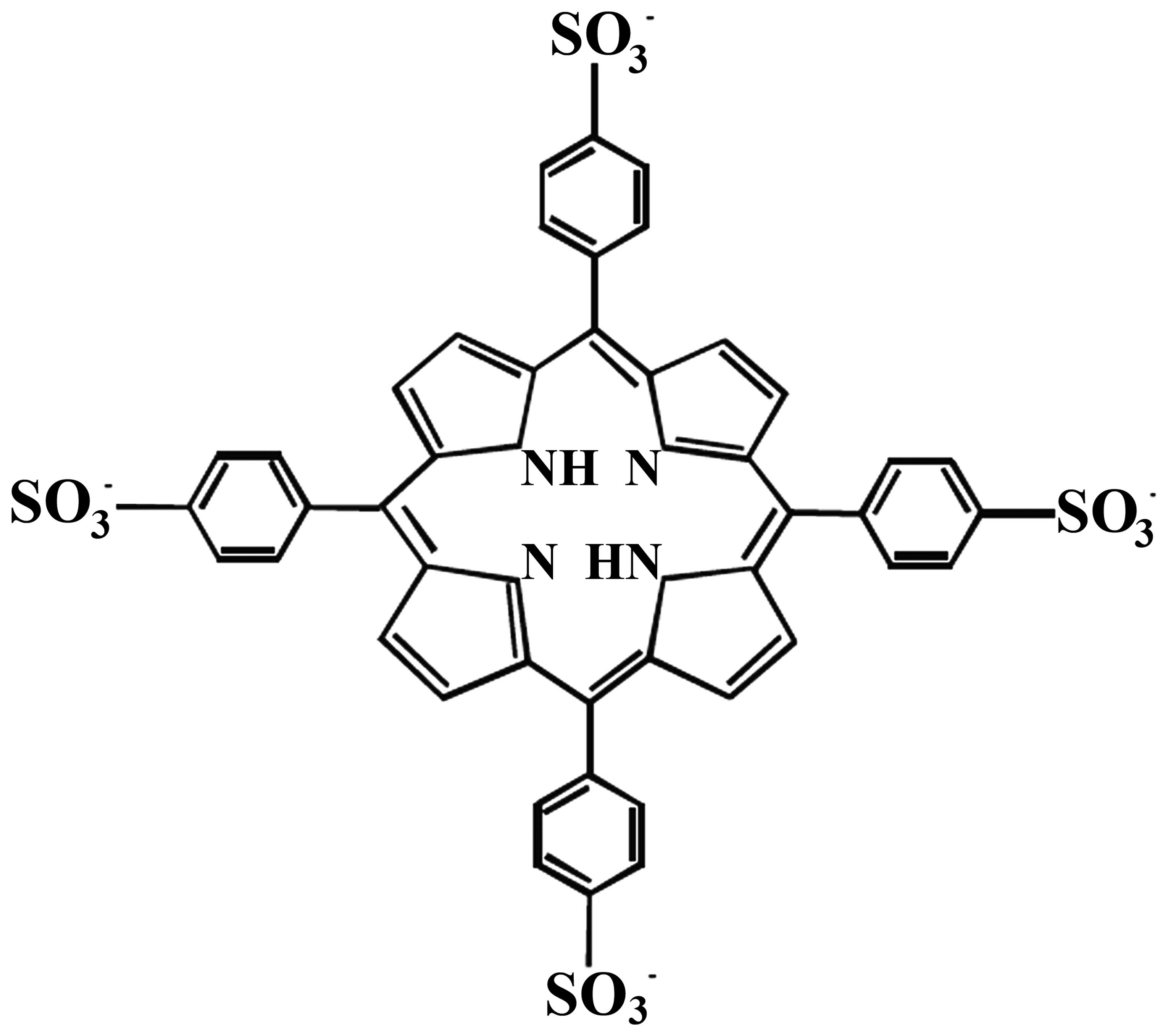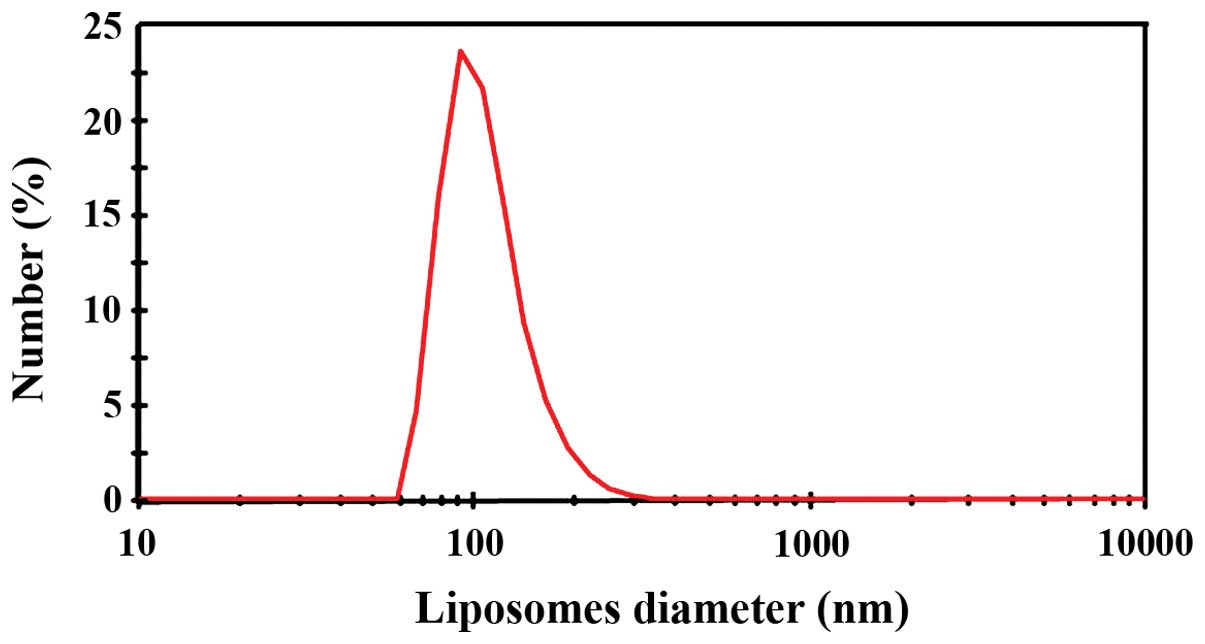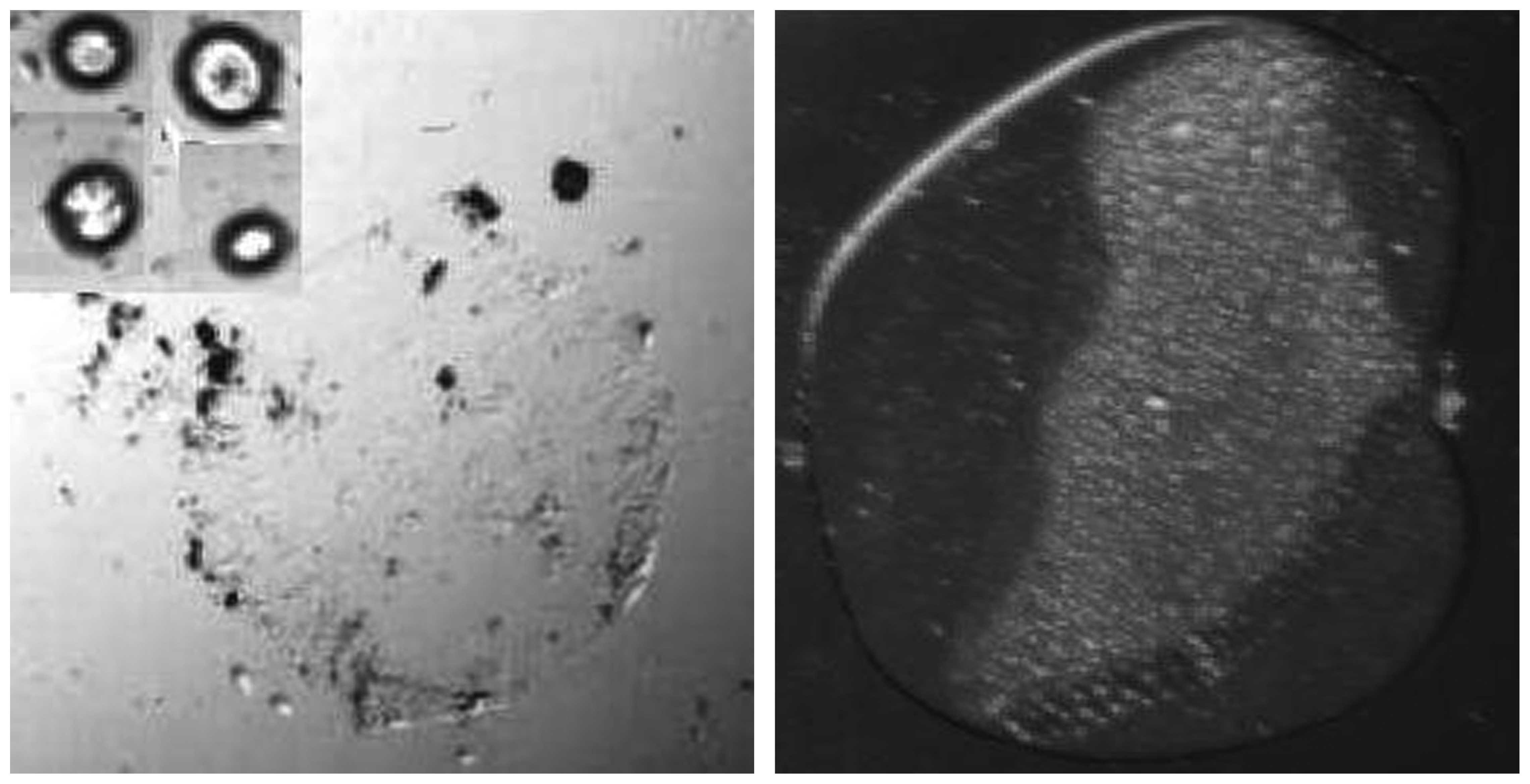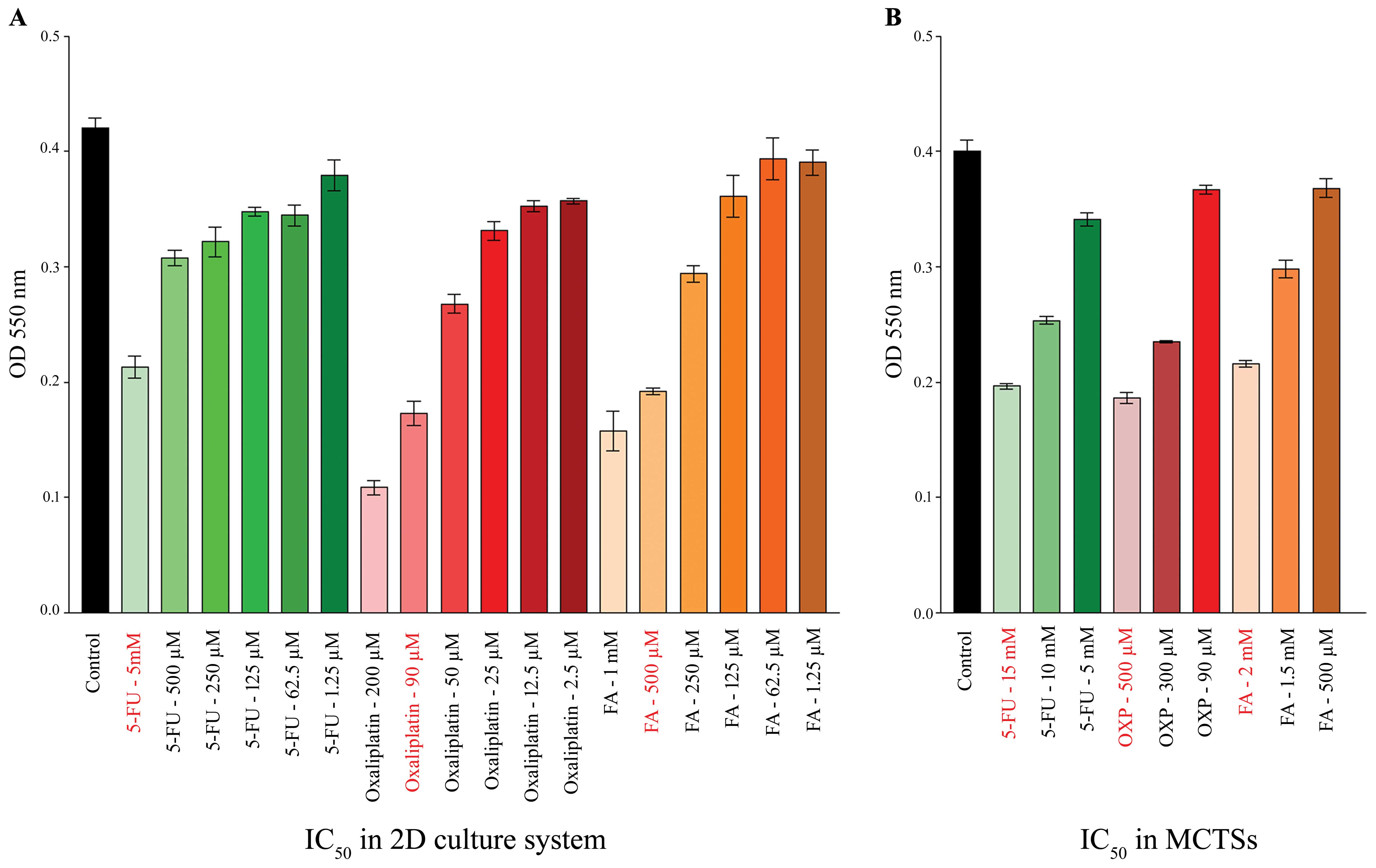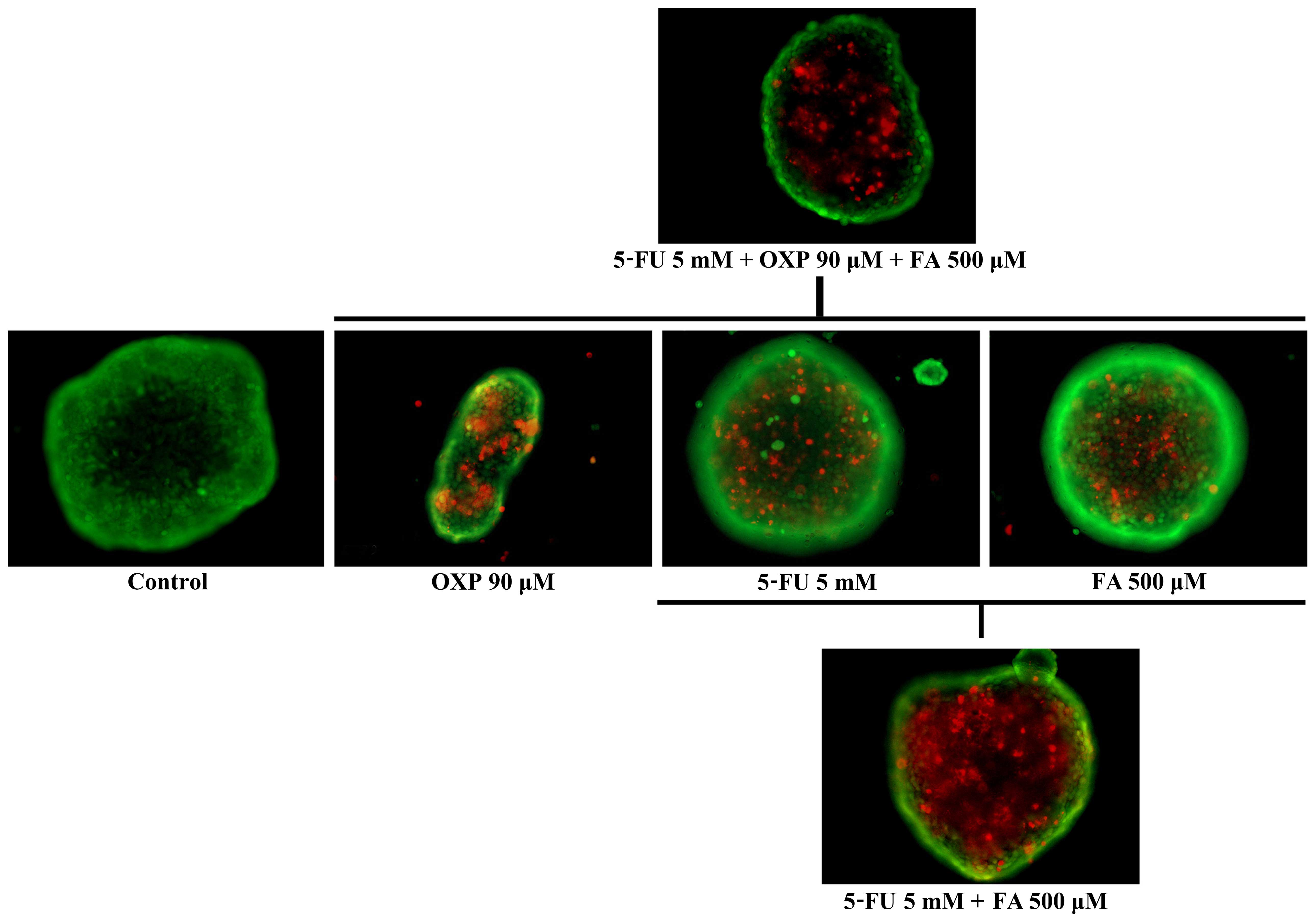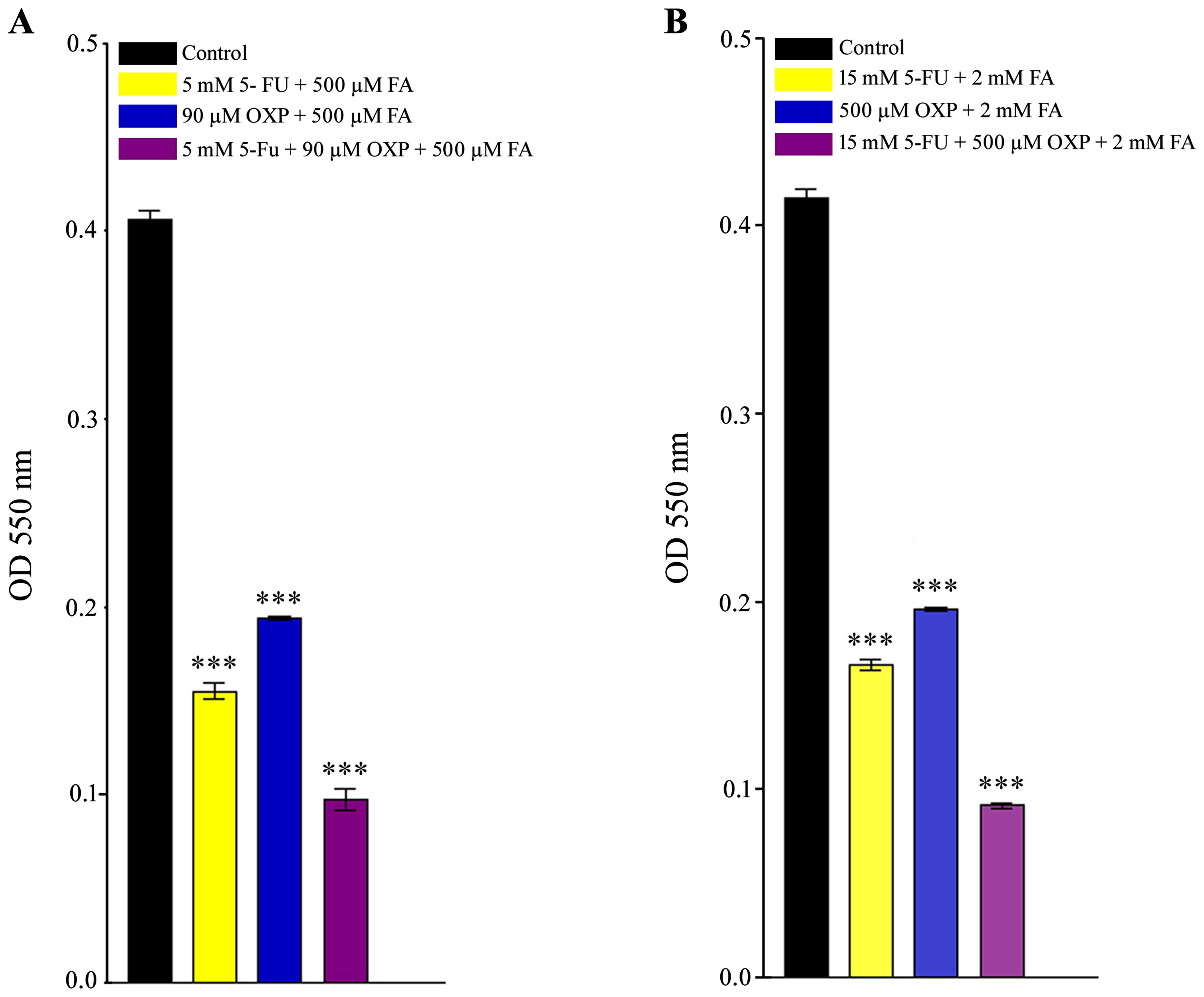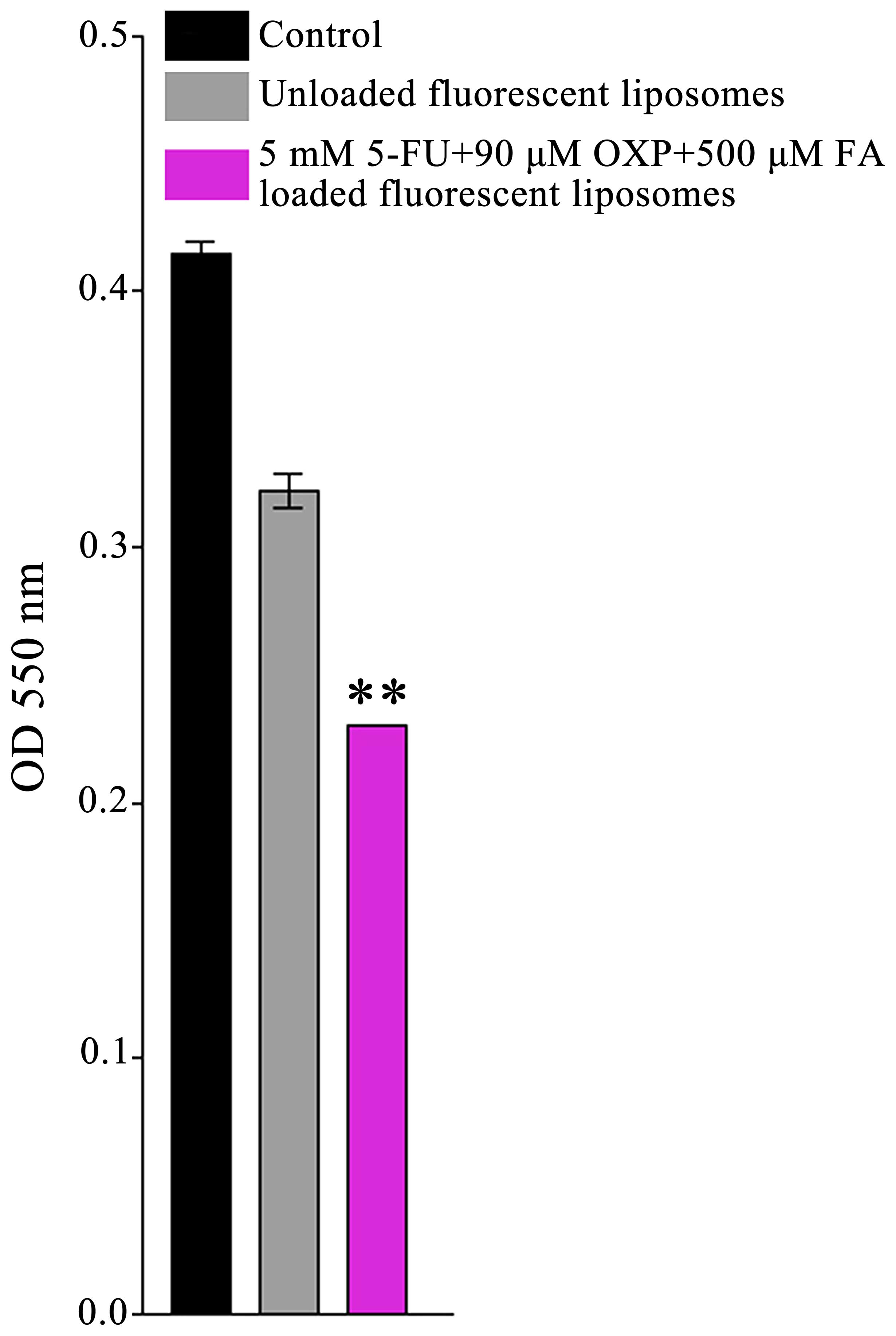|
1
|
Zavoral M, Suchanek S, Zavada F, Dusek L,
Muzik J, Seifert B and Fric P: Colorectal cancer screening in
Europe. World J Gastroenterol. 15:5907–5915. 2009. View Article : Google Scholar : PubMed/NCBI
|
|
2
|
Jemal A, Clegg LX, Ward E, Ries LA, Wu X,
Jamison PM, Wingo PA, Howe HL, Anderson RN and Edwards BK: Annual
report to the nation on the status of cancer, 1975–2001 with a
special feature regarding survival. Cancer. 101:3–27. 2004.
View Article : Google Scholar : PubMed/NCBI
|
|
3
|
Boyle P and Langman JS: ABC of colorectal
cancer: Epidemiology. BMJ. 321:805–808. 2000. View Article : Google Scholar : PubMed/NCBI
|
|
4
|
Parkin DM, Bray F, Ferlay J and Pisani P:
Global cancer statistics, 2002. CA Cancer J Clin. 55:74–108. 2005.
View Article : Google Scholar : PubMed/NCBI
|
|
5
|
Jackson-Thompson J, Ahmed F, German RR,
Lai SM and Friedman C: Descriptive epidemiology of colorectal
cancer in the United States, 1998–2001. Cancer. 107(Suppl 5):
1103–1111. 2006. View Article : Google Scholar : PubMed/NCBI
|
|
6
|
Mayer RJ: Moving beyond fluorouracil for
colorectal cancer. N Engl J Med. 343:963–964. 2000. View Article : Google Scholar : PubMed/NCBI
|
|
7
|
Saltz LB, Cox JV, Blanke C, Rosen LS,
Fehrenbacher L, Moore MJ, Maroun JA, Ackland SP, Locker PK, Pirotta
N, et al; Irinotecan Study Group. Irinotecan plus fluorouracil and
leucovorin for metastatic colorectal cancer. N Engl J Med.
343:905–914. 2000. View Article : Google Scholar : PubMed/NCBI
|
|
8
|
de Gramont A, Figer A, Seymour M, Homerin
M, Hmissi A, Cassidy J, Boni C, Cortes-Funes H, Cervantes A, Freyer
G, et al: Leucovorin and fluorouracil with or without oxaliplatin
as first-line treatment in advanced colorectal cancer. J Clin
Oncol. 18:2938–2947. 2000.PubMed/NCBI
|
|
9
|
Giacchetti S, Perpoint B, Zidani R, Le
Bail N, Faggiuolo R, Focan C, Chollet P, Llory JF, Letourneau Y,
Coudert B, et al: Phase III multicenter randomized trial of
oxaliplatin added to chronomodulated fluorouracil-leucovorin as
first-line treatment of metastatic colorectal cancer. J Clin Oncol.
18:136–147. 2000.PubMed/NCBI
|
|
10
|
Scheithauer W, Rosen H, Kornek GV, Sebesta
C and Depisch D: Randomised comparison of combination chemotherapy
plus supportive care with supportive care alone in patients with
meta-static colorectal cancer. BMJ. 306:752–755. 1993. View Article : Google Scholar : PubMed/NCBI
|
|
11
|
Mimeault M, Hauke R and Batra SK: Recent
advances on the molecular mechanisms involved in the drug
resistance of cancer cells and novel targeting therapies. Clin
Pharmacol Ther. 83:673–691. 2008. View Article : Google Scholar
|
|
12
|
Flaten GE, Dhanikula AB, Luthman K and
Brandl M: Drug permeability across a phospholipid vesicle based
barrier: a novel approach for studying passive diffusion. Eur J
Pharm Sci. 27:80–90. 2006. View Article : Google Scholar
|
|
13
|
Goldberg RM, Sargent DJ, Morton RF, Fuchs
CS, Ramanathan RK, Williamson SK, Findlay BP, Pitot HC and Alberts
SR: A randomized controlled trial of fluorouracil plus leucovorin,
irinotecan, and oxaliplatin combinations in patients with
previously untreated metastatic colorectal cancer. J Clin Oncol.
22:23–30. 2004. View Article : Google Scholar
|
|
14
|
Dinu-Pîrvu C, Ferdes M, Buţu A, Orţan A
and Ghica MV: Physicochemical investigation of low soluble
biocompounds entrapped in lipid carriers. Farmacia. 61:182–192.
2013.
|
|
15
|
House MG, Ito H, Gönen M, Fong Y, Allen
PJ, DeMatteo RP, Brennan MF, Blumgart LH, Jarnagin WR and
D'Angelica MI: Survival after hepatic resection for metastatic
colorectal cancer: trends in outcomes for 1,600 patients during two
decades at a single institution. J Am Coll Surg. 210:744–752.
752–755. 2010. View Article : Google Scholar : PubMed/NCBI
|
|
16
|
Abbott A: Cell culture: Biology's new
dimension. Nature. 424:870–872. 2003. View
Article : Google Scholar : PubMed/NCBI
|
|
17
|
Mazzoleni G, Di Lorenzo D and Steimberg N:
Modelling tissues in 3D: The next future of pharmaco-toxicology and
food research? Genes Nutr. 4:13–22. 2009. View Article : Google Scholar :
|
|
18
|
Pampaloni F, Reynaud EG and Stelzer EH:
The third dimension bridges the gap between cell culture and live
tissue. Nat Rev Mol Cell Biol. 8:839–845. 2007. View Article : Google Scholar : PubMed/NCBI
|
|
19
|
Ghosh S, Spagnoli GC, Martin I, Ploegert
S, Demougin P, Heberer M and Reschner A: Three-dimensional culture
of melanoma cells profoundly affects gene expression profile: A
high density oligonucleotide array study. J Cell Physiol.
204:522–531. 2005. View Article : Google Scholar : PubMed/NCBI
|
|
20
|
Ernst A, Hofmann S, Ahmadi R, Becker N,
Korshunov A, Engel F, Hartmann C, Felsberg J, Sabel M, Peterziel H,
et al: Genomic and expression profiling of glioblastoma stem
cell-like spheroid cultures identifies novel tumor-relevant genes
associated with survival. Clin Cancer Res. 15:6541–6550. 2009.
View Article : Google Scholar : PubMed/NCBI
|
|
21
|
Haycock JW: 3D cell culture: A review of
current approaches and techniques. Methods Mol Biol. 695:1–15.
2011. View Article : Google Scholar
|
|
22
|
Sutherland RM, Sordat B, Bamat J, Gabbert
H, Bourrat B and Mueller-Klieser W: Oxygenation and differentiation
in multicellular spheroids of human colon carcinoma. Cancer Res.
46:5320–5329. 1986.PubMed/NCBI
|
|
23
|
Hirschhaeuser F, Menne H, Dittfeld C, West
J, Mueller-Klieser W and Kunz-Schughart LA: Multicellular tumor
spheroids: An underestimated tool is catching up again. J
Biotechnol. 148:3–15. 2010. View Article : Google Scholar : PubMed/NCBI
|
|
24
|
Spencer VA, Xu R and Bissell MJ: Gene
expression in the third dimension: The ECM-nucleus connection. J
Mammary Gland Biol Neoplasia. 15:65–71. 2010. View Article : Google Scholar : PubMed/NCBI
|
|
25
|
Jacks T and Weinberg RA: Taking the study
of cancer cell survival to a new dimension. Cell. 111:923–925.
2002. View Article : Google Scholar
|
|
26
|
Sutherland RM, McCredie JA and Inch WR:
Growth of multicell spheroids in tissue culture as a model of
nodular carcinomas. J Natl Cancer Inst. 46:113–120. 1971.PubMed/NCBI
|
|
27
|
Singh SK, Clarke ID, Terasaki M, Bonn VE,
Hawkins C, Squire J and Dirks PB: Identification of a cancer stem
cell in human brain tumors. Cancer Res. 63:5821–5828.
2003.PubMed/NCBI
|
|
28
|
Deisboeck TS, Berens ME, Kansal AR,
Torquato S, Stemmer-Rachamimov AO and Chiocca EA: Pattern of
self-organization in tumour systems: Complex growth dynamics in a
novel brain tumour spheroid model. Cell Prolif. 34:115–134. 2001.
View Article : Google Scholar : PubMed/NCBI
|
|
29
|
Wartenberg M, Dönmez F, Ling FC, Acker H,
Hescheler J and Sauer H: Tumor-induced angiogenesis studied in
confrontation cultures of multicellular tumor spheroids and
embryoid bodies grown from pluripotent embryonic stem cells. FASEB
J. 15:995–1005. 2001. View Article : Google Scholar : PubMed/NCBI
|
|
30
|
Xiang X, Phung Y, Feng M, Nagashima K,
Zhang J, Broaddus VC, Hassan R, Fitzgerald D and Ho M: The
development and characterization of a human mesothelioma in vitro
3D model to investigate immunotoxin therapy. PLoS One.
6:e146402011. View Article : Google Scholar : PubMed/NCBI
|
|
31
|
Del Duca D, Werbowetski T and Del Maestro
RF: Spheroid preparation from hanging drops: Characterization of a
model of brain tumor invasion. J Neurooncol. 67:295–303. 2004.
View Article : Google Scholar : PubMed/NCBI
|
|
32
|
Friedrich J, Seidel C, Ebner R and
Kunz-Schughart LA: Spheroid-based drug screen: Considerations and
practical approach. Nat Protoc. 4:309–324. 2009. View Article : Google Scholar : PubMed/NCBI
|
|
33
|
Weiswald LB, Guinebretière JM, Richon S,
Bellet D, Saubaméa B and Dangles-Marie V: In situ protein
expression in tumour spheres: Development of an immunostaining
protocol for confocal microscopy. BMC Cancer. 10:1062010.
View Article : Google Scholar : PubMed/NCBI
|
|
34
|
Li Q, Chen C, Kapadia A, Zhou Q, Harper
MK, Schaack J and LaBarbera DV: 3D models of epithelial-mesenchymal
transition in breast cancer metastasis: High-throughput screening
assay development, validation, and pilot screen. J Biomol Screen.
16:141–154. 2011. View Article : Google Scholar : PubMed/NCBI
|
|
35
|
Wright MH, Calcagno AM, Salcido CD,
Carlson MD, Ambudkar SV and Varticovski L: Brca1 breast tumors
contain distinct CD44+/CD24− and CD133+ cells with cancer stem cell
characteristics. Breast Cancer Res. 10:R102008. View Article : Google Scholar
|
|
36
|
Takaishi S, Okumura T, Tu S, Wang SS,
Shibata W, Vigneshwaran R, Gordon SA, Shimada Y and Wang TC:
Identification of gastric cancer stem cells using the cell surface
marker CD44. Stem Cells. 27:1006–1020. 2009. View Article : Google Scholar : PubMed/NCBI
|
|
37
|
Lee GY, Kenny PA, Lee EH and Bissell MJ:
Three-dimensional culture models of normal and malignant breast
epithelial cells. Nat Methods. 4:359–365. 2007. View Article : Google Scholar : PubMed/NCBI
|
|
38
|
Fischbach C, Chen R, Matsumoto T,
Schmelzle T, Brugge JS, Polverini PJ and Mooney DJ: Engineering
tumors with 3D scaffolds. Nat Methods. 4:855–860. 2007. View Article : Google Scholar : PubMed/NCBI
|
|
39
|
Kim JB, Stein R and O'Hare MJ:
Three-dimensional in vitro tissue culture models of breast cancer -
a review. Breast Cancer Res Treat. 85:281–291. 2004. View Article : Google Scholar : PubMed/NCBI
|
|
40
|
Derycke AS and De Witte PA:
Transferrin-mediated targeting of hypericin embedded in sterically
stabilized PEG-liposomes. Int J Oncol. 20:181–187. 2002.
|
|
41
|
Ion RM and Apostol S: Photochemical study
of porphyrin aggregates. Rev Chem. 56:607–620. 2005.
|
|
42
|
Mueller-Klieser W: Multicellular
spheroids: A review on cellular aggregates in cancer research. J
Cancer Res Clin Oncol. 113:101–122. 1987. View Article : Google Scholar
|
|
43
|
Wibe E, Berg JP, Tveit KM, Nesland JM and
Lunde S: Multicellular spheroids grown directly from human tumour
material. Int J Cancer. 34:21–26. 1984. View Article : Google Scholar : PubMed/NCBI
|
|
44
|
Boothby CD, Daniel J, Adam S and Dyson JE:
Use of a laser diffraction particle sizer for the measurement of
mean diameter of multicellular tumour spheroids. In Vitro Cell Dev
Biology. 25:946–950. 1989. View Article : Google Scholar
|
|
45
|
Olive PL and Durand RE: Drug and radiation
resistance in spheroids: cell contact and kinetics. Cancer
Metastasis Rev. 13:121–138. 1994. View Article : Google Scholar : PubMed/NCBI
|
|
46
|
Inoue T, Inoue T, Teshima T, Murayama S,
Shimizutani K, Fuchihata H and Furukawa S: Phase III trial of high
and low dose rate interstitial radiotherapy for early oral tongue
cancer. Int J Radiat Oncol Biol Phys. 36:1201–1204. 1996.
View Article : Google Scholar : PubMed/NCBI
|




